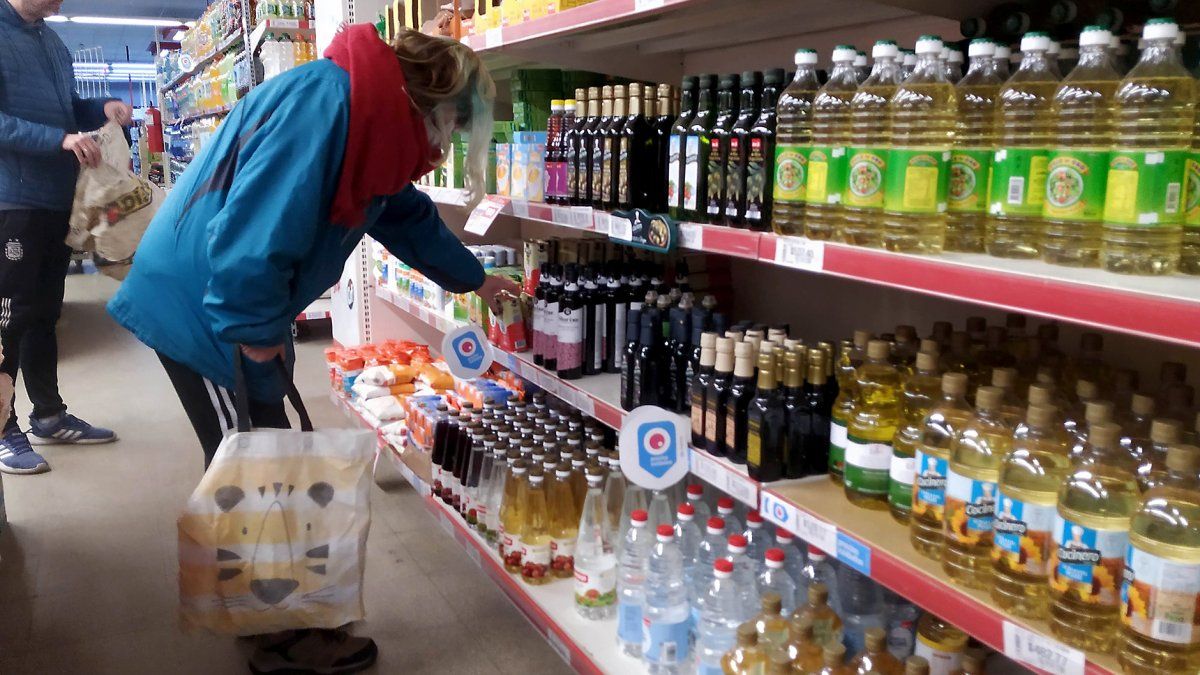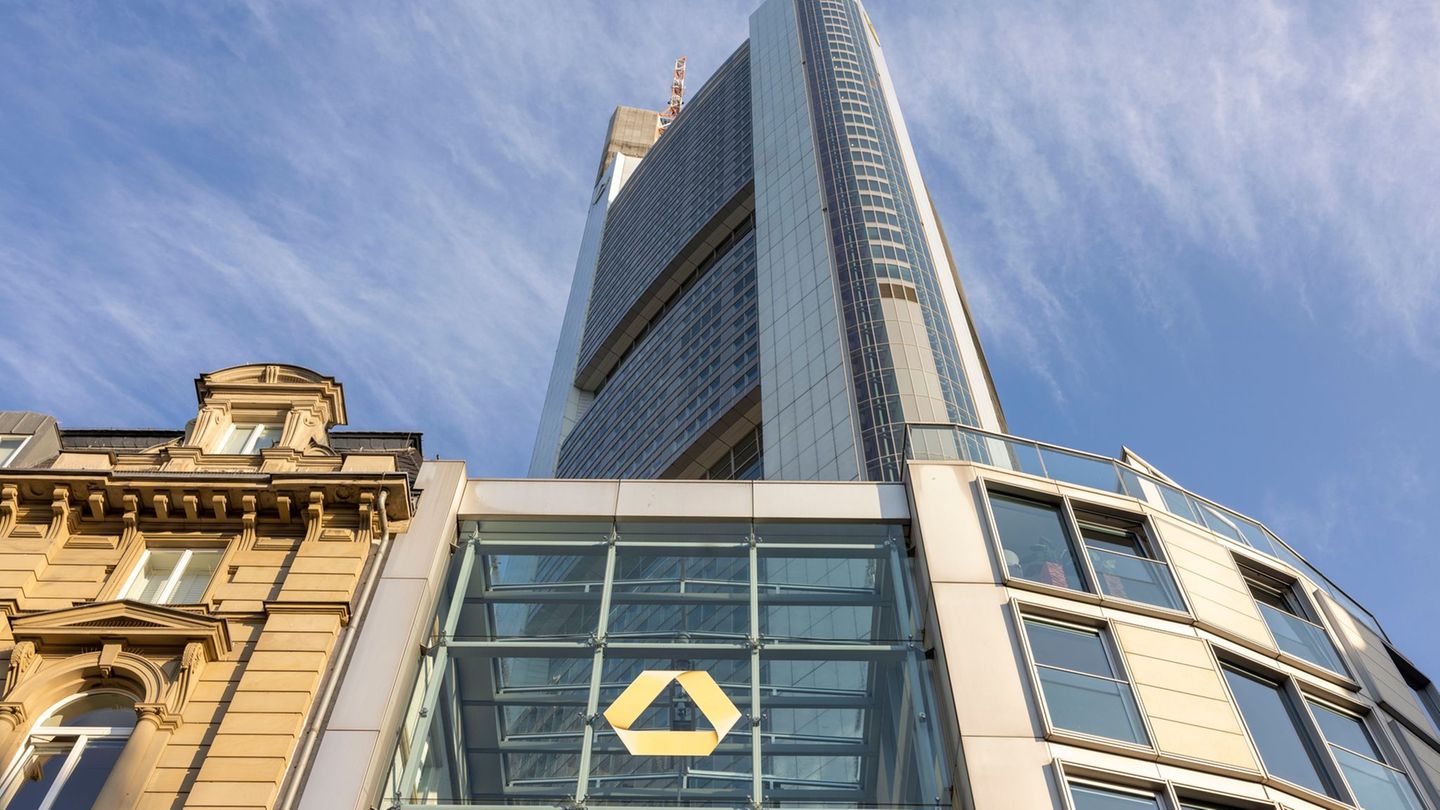Inflation accelerated sharply for the third consecutive month. In February stood at 6.6%the highest level since August 2022 when the CPI climbed to 7% and well above what was projected by the market (+6.1%). Besides, in one year it exceeded 100%, for the first time in more than three decadesThis was reported on Tuesday by the National Institute of Statistics and Censuses (INDEC).
On the other hand, inflation accumulated in the first two months of the year a rise of 13.1%. He The item that rose the most last month was Food and non-alcoholic beverages, which shot up 9.8%mainly affected by the sharp rise in prices of cuts of meat and dairy products.
inflation february.jpg
“It’s a high register, even so, we expect March to be a month with an acceleration with respect to this data. Inflation has already acquired an important inertial component and It is difficult for the economic cabinet to demonstrate important achievements to lower these levels in the remainder of the term” he told Scope, Guido Lorenzo, executive director of LCG. “This is how we project inflation for 2023 around 90%-100%”broad.
For his part, Gonzalo Semilla, Chief Economist at CREEBBAadded: “With the discouraging 6.6% inflation in February, the triple-digit barrier is broken, reaching 102.5% year-on-yearpractically identical to the 102.4% reached in October 1991. Market expectations were 6.1%, therefore this two-month period (+13.1%) leaves a bitter taste at the start of the year, making it difficult to achieve the 60% annual forecast by the government“.
The divisions they had increases above the CPI in February were Communication (+7.8%)on which weighed the rise of telephone and internet services and Restaurants and hotels (+7.5%). As soon as Health (+5.3%) affected the increases in prepaid fees. The two divisions that rose the least were Clothing and footwear (+3.9%) and Education (+3.2%).
To its turn, Santiago Manoukian, Head of Research at Ecolatinaopined in a dialogue with this medium: “In February the inflationary rebound seen in January was consolidated, after the moderation that occurred between July-December, with a record that, after the January impasse, was once again above market expectations (REM-BCRA marked 6.1%). As our survey showed, The main concern is that the rise was driven by food and beverages, with a greater preponderance in the consumption basket of the poorest households“.
At the category level, the Core CPI led the increase (+7.7%)followed by Regulated (+5.1%), while Seasonal registered an increase of 3.3%.
In this regard, Manoukian explained: “The notable acceleration of the Core CPI from 5.4% to 7.7% is worrying. By providing an approximation of the trend behavior of the general price level -excluding regulated, seasonal or prices with a high regulated component -, the indicator accounts for the persistence of a high inertia of the inflationary process”.
“The acceleration of this category -which is what matters most to the BCRA- would put pressure on the monetary authority in its next decision on the monetary policy rate (MPR): yielding 6.3% monthly TEM, the ex-post real interest rate for February was -0.3% monthly. It should be remembered that last month the central argument of the BCRA to keep the TPM unchanged was that Core inflation had been at a level similar to that of December (5.4%, +0.1 pp),” he added.
The regions that rose the most in the country were: Northeast (+7.8%), Northwest (+7.3%), Cuyo (+6.7%), and GBA (+6.7%). Those that increased the least were the Patagonia (+6.4%) and the Pampean (+5.8%) areas.
February inflation: the rise in food was almost 10%
In the midst of an acceleration of the price rise, in the second month of 2023 compared to the previous one, the category of Food and non-alcoholic beverages was well above the average. Thus, among the foods with the greatest variation in the GBA, various cuts of meat appeared, along with the price of oranges, which jumped 72.4%. They followed common minced meat (+35%); the rump (+34.3%); palette (+33.5%); the buttock (+32.8%); and roast (+28.6%).
“As a consequence of high inflation, there will be a strong impact on consumer baskets. As witness data, in the city of Bahía Blanca the basic food basket increased 8.8%”warned Gonzalo Semilla, Chief Economist at CREEBBA.
Inflation: what is projected for March
Lorenzo, from LCG, warned that “We expect March to be a month with an acceleration with respect to this data.” Manoukian and Semilla agreed that In order to meet the 60% projected in the 2023 Budget, between March and December inflation should average 3.5% per month.
According to the high-frequency measurements of CREEBBA, in In the first fifteen days of March, the Food and Beverages chapter accumulated an increase of 4.4%reaching the same percentage as during the first half of February.
“Some of the sensitive variables associated with inflation that must be monitored are the official exchange rate (with monthly devaluations of the order of 5.5%), possible increases in interest rates (today at 6.16% month), the tightening of imports (due to lack of reserve accumulation, without external credit and with drought), utility rate adjustments (as a requirement of the IMF to lower the public spending deficit to 1.9% of GDP), the political noise increasing as the closing of lists approachesamong others”, closed Semilla.
Source: Ambito




